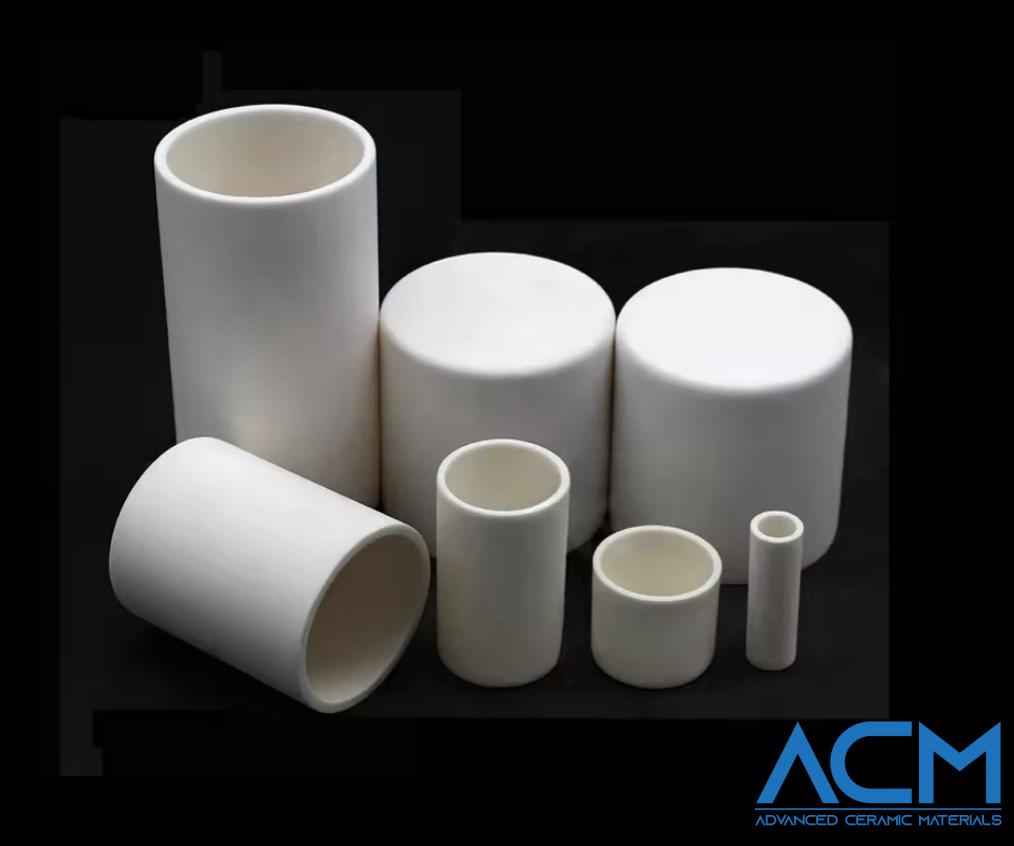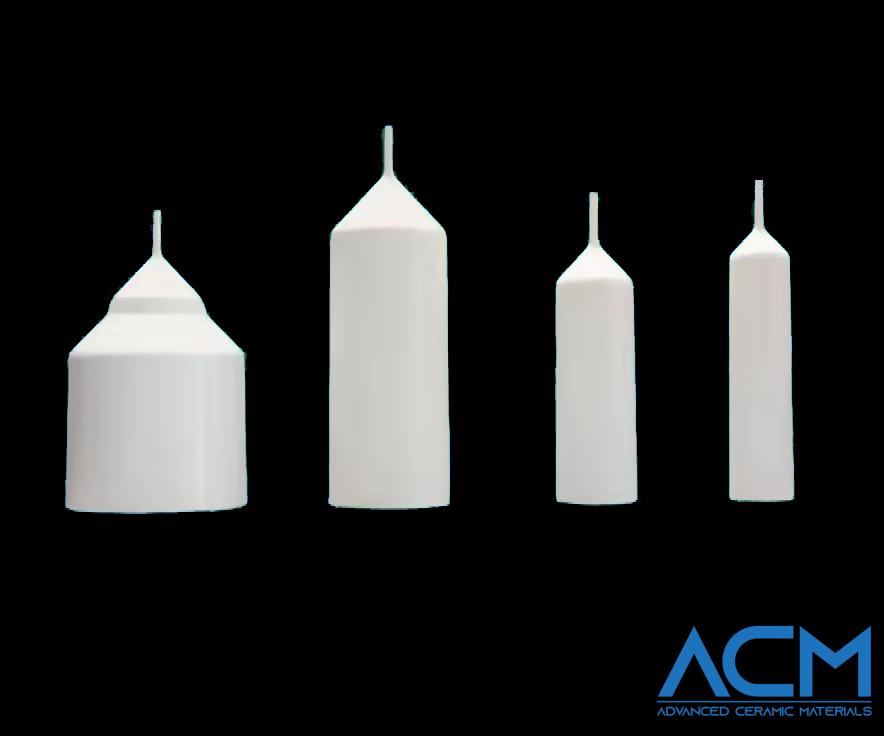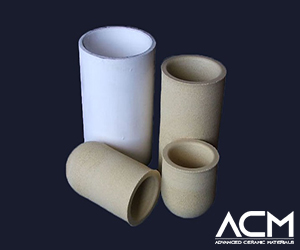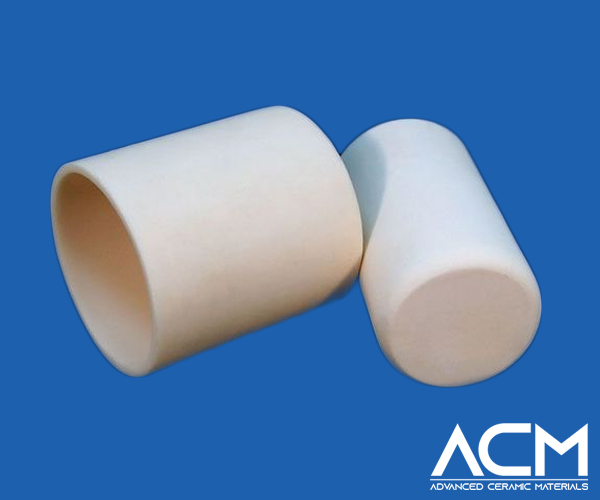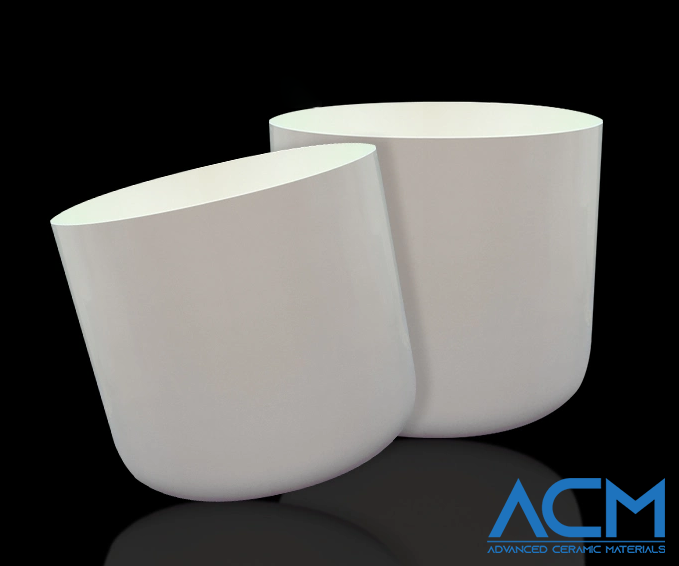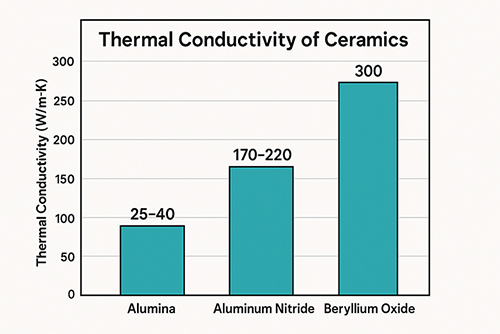Lab Tips: How to Use and Clean Crucibles?

A crucible is a container that can withstand very high temperatures and is used to keep metals, glass, and pigment for melting in a furnace. Laboratory crucibles are designed to withstand relatively high temperatures encountered in metal casting experiments. The crucible should essentially be made of materials with a much higher melting point than that of the materials to be melted. The crucible materials should also have good strength even when they are extremely hot. Common laboratory crucibles include boron nitride crucible, pyrolytic boron nitride crucible, etc. The crucible is an invaluable part of the laboratory gear, and they're expensive as well. Once you are done conducting your experiments, you need to know how to maintain crucibles effectively and without causing damage to the crucible surface so they can be used again.
Usage Tips
- Never fill the crucible with cold metal (such as aluminum), as the metal is likely to expand and crack the container. * The crucible should be "tempered" before use. The method is to heat the empty crucible to a temperature of about 500 degrees Fahrenheit and keep it for 20 minutes; then heat the crucible to red heat and stop heating; let the crucible cool slowly, this process will take away any moisture in the crucible. * Crucibles should properly be tested for cracks prior to each application. If cracks appear in the crucible, replace the cracked crucibles with new ones.

How to Clean the Crucible?
Cleaning chemicals from ceramic crucibles is relatively easy. Therefore, ceramic crucibles are usually preferred for lab men. You will only need a few basic chemicals and supplies to do that.
Step 1: Gently scrape as much residue left from the materials used in your experiment from the crucible.
Step 2: Fill your ceramic crucible with fused potassium bicarbonate (solid form). You should have enough bicarbonate in the crucible to past above the line of the remaining material from your experiments. If you need to fill the entire crucible, do so.
Step 3: Place the crucible on a burner. Heat the crucible until the fused bicarbonate melts. Heat it until a layer of red potassium salt appears on the surface. Using a mixing rod, stir the melt a few times. The entire melting procedure should take about one minute.
Step 4: Remove your crucible from the flame. Pour out the melt.
Step 5: Rinse the crucible in hot water. Use a clean cloth to dry the surface. If your crucible is platinum, use alumina-impregnated nylon webbing to complete cleaning the surface. Let the crucible cool.
Conclusion
Thank you for reading our article and we hope it can help you to have a better understanding of the use of ceramic crucibles and how to clean them. If you want to know more about ceramics, we would like to advise you to visit Advanced Ceramic Materials (ACM) for more information.
{{item.content}}
LEVE A REPLY
{{item.children[0].content}}
{{item.content}}
LEAVE A REPLY
SUBSCRIBE OUR NEWSLETTER
- Boron Nitride in Cosmetics: Enhancing Performance and Sensory Appeal
- Maximize MOCVD Yield and Purity with Hexagonal Boron Nitride Setters
- What Are the Advantages and Uses of Boron Nitride Ceramic Sheet?
- The Compression Annealing Advantage for Pyrolytic Boron Nitride
- Beyond Insulation: The Surprising Spectrum of Ceramic Thermal Conductivity









